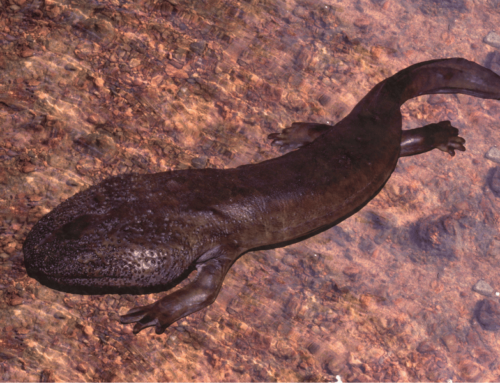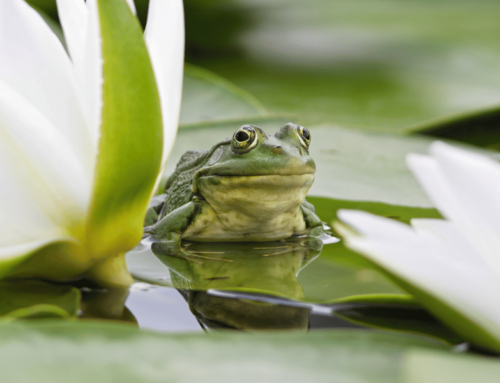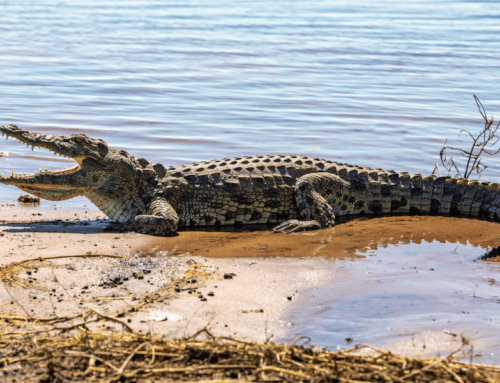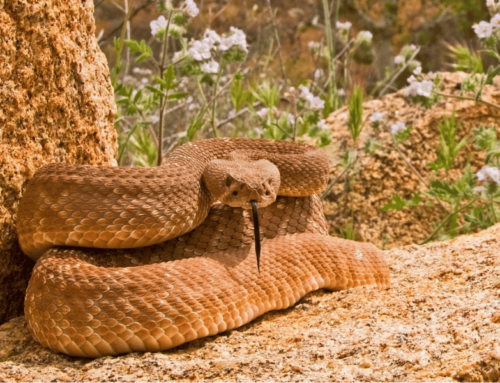Field herping is a fun and rewarding activity for people who are interested in reptiles and amphibians. This activity means going out into natural habitats and observing these animals and possibly handling them. You can view it like birdwatching, except for reptiles and amphibians instead of birds. It can be done by anyone who has an interest in observing wildlife. Field herping was the activity of choice for the late Steve Irwin. But is it the right hobby for you?
This post is all about field herping as a new hobby and things to consider before deciding you want to try it out.
1. It’s good for your mental health
Field herping naturally puts you out into natural environments. There is strong scientific evidence that being outdoors is an effective way to relieve stress and maintain mental well-being.
In today’s world, many people are looking for ways to relieve their everyday stress and field herping can help you if you happen to be struggling.
Humans, as a species, have spent so much of our history in the wilderness. Living in artificial light and man-made structures, far away from the natural world, is a relatively new way to live and it seems like this has taken a toll on our mental health. Studies have shown that being exposed to nature can decrease stress, anger and fear.
So even if you have a trip where things don’t exactly work out they way you planned, you still get to spend time outdoors in natural scenery.
2. It can be dangerous if you aren’t careful
This one is obvious, especially when you are dealing with venomous species like rattlesnakes. It is important to know what possible safety issues field herping will present to you. Even someone who is well-versed in taking all the right precautions can find themselves in a bad situation.
Field herping requires you to go outdoors in places that may be far away from other people. In the event of an injury, getting quick medical attention will likely not be as easy as phoning 911 and waiting for the ambulance. This is why going with someone else whenever you can is a good idea.
Also, many who participate in field herping handle the animals they find. If you plan on doing this, you should ONLY handle an animal if you are completely sure that the species is not venomous. Moreover, not all non-venomous animals should be handled. Animals can be strong and faster than they appear. The animal can strike you, leaving you with a permanent injury or even blinding you.
3. Field herping can be done in almost any environment
Reptiles and amphibians can be found on every continent except for Antarctica. Locations that you wouldn’t expect to find reptiles will often have more reptile species than you would think. Locations as harsh as the Sahara Desert will have plenty of species that have evolved to endure these harsh environments. The Sonoran Desert of Arizona is actually home to multiple species of amphibians such as the Sonoran Desert Toad and the Couch’s Spadefoot Toad. Both of which burrow during most of the year but will come out at night during the summer rains.
You can even see reptiles during a scuba diving trip. Sea snakes, sea turtles, saltwater crocodiles and iguanas can all be found naturally in the ocean.

4. There’s always a new experience to have
Any hobby that’s worth anything will always give you new experiences and field herping definitely meets that requirement. Even people who work as full-time herpetologists can always find something new to learn or experience. There will always be a new place to visit or a new species of snake, frog or turtle to find in their natural habitat.
As mentioned before, reptiles and amphibians can be found everywhere except Antarctica. You can take a vacation and fly to remote locations of the planet. Once you get there you can encounter an entirely different group of species to observe.
Reptiles can be found in the heat of the desert, the rainforests of South America, Asia and even in the ocean. Herpetologists find new species every year. For you, this means it is virtually impossible for you to run out of field herping activities. There will always be a new salamander, new turtle, new snake, new crocodilian or new frog to find.
5. Field Herping doesn’t always work out
One day you go out on a trip to look for a certain species of lizard that you’ve decided that you absolutely need to see in its natural habitat. You’ve done all the necessary research, have all your gear ready, then you set out to look for it.
After getting to the right location, you start looking. The first hour passes, then the second and then the third. You’ve managed to find several common lizard and snake species but the lizard you desperately wanted to find is nowhere to be found.
This is a common experience.
Field herping can be contrasted with birdwatching. Birds are extremely vocal and most species tend to be active throughout much of the day. This is part of the reason why birdwatching is more popular than field herping. Many snake and lizard species are happy to hide under a rock for days or even weeks. Some frog species hunt by sitting completely still and waiting for prey to get close enough to catch.
It’s good to not be too attached with finding a single target species and instead look for animals more generally when in the field.
6. You need to think about the wildlife too
If you’re new to field herping, then you undoubtedly want to get out and find some new reptiles and amphibians to photograph or handle. However, you always need to prioritize preserving the natural environment and not disturbing the wildlife.
This is especially true when handling animals. Although, there is no culturally agreed upon “code” by which reptile enthusiasts live by, there are good reasons to minimize your handling time. Many amphibians will absorb the substances from your hands, which can poison them. Other animals will find handling very stressful and stress can cause all sorts of physical health problems for them.
So not only do you have to know where to look for finding reptiles and amphibians, you also have to know how the species responds to handling. If you’re not sure, it’s best to keep your distance and observe them or take photos.
Also, if you’re someone who litters, now would be the best time for you to stop. This should go without saying, but if you happen to not be aware, littering doesn’t just make natural scenery uglier, it can be deadly for wildlife. Animals will often mistake trash for food, which can kill them. Even predators aren’t immune to this, as they can end up consuming prey that has ingested litter, leading them to being poisoned as well. Predators are also subject to biomagnification, wherein whatever concentration of harmful substances are present in their prey will be present inside them in even greater concentrations. So don’t litter.
7. This is a good hobby for night owls
Lots of species of reptiles and amphibians are nocturnal and crepuscular. Unlike other outdoor activities such as canoeing or biking, there is actual justification for field herping at night. There are some species that are almost never active in the daytime. If you have any passing knowledge of lizard behavior, you’re probably already aware that finding geckos will be a largely nighttime ordeal. Many desert climates will also have reptiles and amphibians that emerge after sunset to look for food, without having to deal with an oppressive midday sun. Predatory species will often be specifically adapted to hunt efficiently when there is no light.
If you’re someone who works weird hours or you’re looking for something to do at night, then field herping might be exactly the thing you’re looking for.
8. You can make lifelong friends
Reptile and amphibian enthusiasts are not the biggest group of people in the world of hobbies. Lots of people are afraid of snakes and that fear often translates to a dislike of reptiles more generally.
Reptile fanatics are a unique group. By contrast, it’s been estimated that birdwatchers outnumber field herpers by at least 100 to 1. This means that people who want to go field herping will be part of a more exclusive group.
One day when you want to fly to Australia to observe and photograph the Saltwater Crocodile, there will only a handful of people who want to go with you. When you are one of the only people who want to walk through the Amazon Rainforest to find Poison Dart Frogs, the people who go with you can become your close friends.
9. You can make money
Field Herping doesn’t have to just be something that you spend money on. It can also make money for you! People want high quality pictures of animals for many different reasons, including selling products online, making unique art, or for writing articles/blogs. If can get high quality photos of rare reptile species, you can sell these photos to people online using websites like Deposit Photos or Shutterstock. Current estimates for the income from a single photo can be up to 37 dollars.

Conclusion:
If you’re someone who has any interest in reptiles and amphibians, then field herping may be the new hobby for you. Thousands of people enjoy this activity and get to engage in amateur herpetological work. There are tons of reptiles and amphibians out there for you to start finding and observing.





